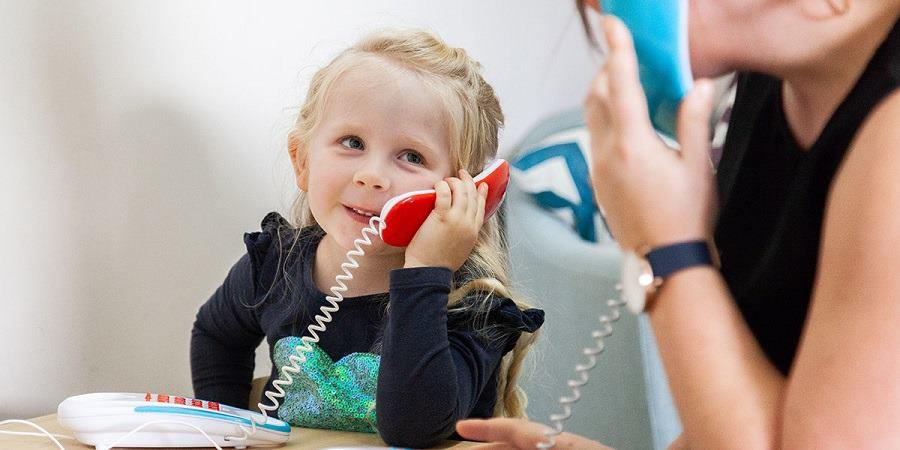Unless you know a child who has suffered from it, whenever you first hear the term “selective mutism” you can be forgiven for not being sure what it is, but if you ask speech pathologists, they will tell you it is a complex condition that is not always recognised easily.
Often, when the parents of a child who has selective mutism notice their child not speaking in certain situations they think it is because they are “shy”, or “the quiet type”. Indeed many children without selective mutism show those traits, but, as the child grows and their reluctance to speak becomes more apparent, it may be time to seek the advice of a speech pathologist.
For those reading this who wish to learn a little more about selective mutism in children, read on and we will explain what it is, what its symptoms are, and how speech pathologists treat it.
What Is Selective Mutism?
Have you ever been confronted with something that scared you so much that you were frozen with fear and rendered speechless? A large spider, a snake, or a mugger brandishing a knife, perhaps? All very unpleasant scenarios and enough to cause a flurry of psychological and physiological responses, including choosing to remain completely silent.
That could be described as a brief and temporary example of selective mutism, where the levels of fear you were experiencing were so high, that it caused you to remain absolutely silent. If we then take the example of a young child meeting an adult stranger for the first time, being introduced to a group of other children, or their teacher, the level of fear within them created by these situations, can cause selective mutism.
Whilst the former scenarios (spider, snake, mugger) could all reasonably be described as scary, you would not normally classify meeting others as frightening situations. Nerve-racking or uncomfortable maybe, but not usually enough to spark fear. Unfortunately, for a child with selective mutism, these scenarios and other social situations do make them fear-stricken and one of their coping mechanisms is to choose to remain silent.
Symptoms Of Selective Mutism
It is important to note that the presence of selective mutism can occur without any other speech or language disorder being present. This does make it somewhat harder to diagnose given that, in many situations, the child’s speech and language development is as it should be. Notwithstanding, below are individual symptoms a child with selective mutism can display. Note, that if these are displayed for a month or more, then a speech pathologist should be contacted.
- Talkative at home, but rarely speaks outside the home
- Happier to talk to adults than children
- Will happily talk to classmates but not their teacher
- Rather than talking, they prefer to whisper
- Rarely speaks at all, including to parents and siblings
- Will be calm and happy until required to speak to others
How Speech Pathologists Treat Selective Mutism
When a speech pathologist begins treating a child with selective mutism, they will advise parents that it is classed as an anxiety disorder, rather than a communication disorder. This means that a child psychologist will work with a speech pathologist in assessing the child and creating a treatment strategy for them.
The treatment will likely be based on three techniques that have proved to be the most successful in treating children with selective mutism, and we have outlined each of them below.
Shaping – Used for children who rarely speak, it is based on praising the child when they do communicate. Regardless of whether they whisper, say one word, or make sounds, they are encouraged.
Sliding In – Used for children whose talking tends to only be towards a single person, such as a parent, sibling, or friend. The technique involves gradually introducing another person into the conversation. This can take several weeks as it must not be rushed.
Self-Modelling – With this, recordings are made of a child when they are communicating and speaking normally to others. In treatment sessions, the recordings are played to the child to praise them and boost their confidence.

